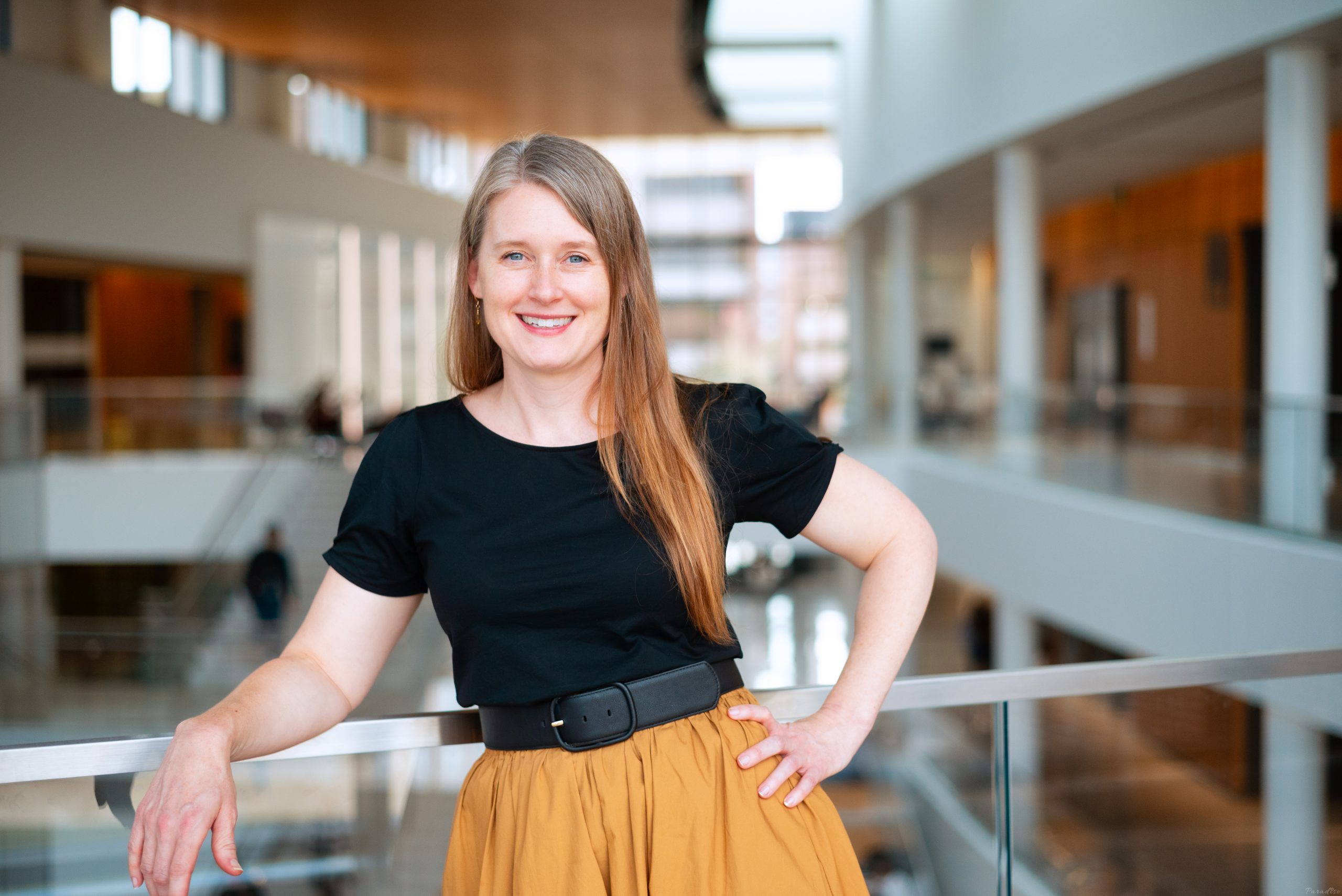Great Lakes Folk Festival
This award-winning event is recognized as one of the state’s premiere arts programs and a summer-time high point – and is expected to draw more than 90,000 visitors throughout the weekend. The festival is a one-of-a-kind fusion of arts fair, music festival, county fair, hands-on activity workshops, living museum exhibitions, and celebration of multi-ethnic heritage. Pictured above are the Carolina Chocolate Drops an African-American Old-Time String Band from Durham, North Carolina. Asani a First Nation and Métis vocals group is from Edmonton, Alberta, Canada is pictured on the right.
"There are only a handful of events like this across the country and each year we work hard to bring together the diverse cultures and traditions that expand our awareness of our global community," notes Marsha MacDowell, founding director of GLFF and MSU Museum curator of folk arts.
See the festival web site for more:
http://www.greatlakesfolkfest.net .
$500K available to serve at-risk youth
It’s no secret schools in the capital area are struggling to find ways to continue to serve their most at-risk students. Half-a-million dollars in Federal funding being released into the community may be able to help.
"With funding cuts and rising costs, we’re trying to squeeze blood from a turnip asking our schools to do more and more to serve our most at-risk kids," says Douglas E. Stites, chief executive officer of Capital Area Michigan Works!
Later this summer, Capital Area Michigan Works! is going to help alleviate the burden on school districts by releasing a Request for Proposal making available $500,000 to create new programs to serve at-risk youth under the Federal Workforce Investment Act.
"I know there are many organizations out there that want to help – community organizations, churches, community centers, for-profits and non-profits," says Stites. "Many of them don’t know this funding is available. Even more aren’t sure how to bid on Federal dollars. We need to change that."
To assist local groups in applying for the Federal Workforce Investment Act funds, Capital Area Michigan Works! is hosting a technical assistance workshop on "How to Bid on Workforce Investment Act Youth Funding,"
The workshop is July 10, 2007, from 9 a.m. to 1 p.m. at Capital Area Michigan Works!, 2110 S. Cedar St., and lunch will be provided. Registrations are due July 3. For questions, or to register for the workshop, please contact Edythe Hatter-Williams, chief operating officer, at 517-492-5504 or
ehatter-williams@camw.net.
"This funding is to serve the most in-need members of our future workforce. If no one can help them, many of them will become the most in-need members of our prison and welfare systems," says Stites. "This is a call to action for the capital area’s great resources to put this huge investment to work in our community."
African American Parade and Festival Kick-Off
LANSING, MI – – The Capital City African American Cultural Association held a kick-off at the Lett’s Community Center located at 1220 W. Kalamazoo Street in Lansing. The event announced the 8th Annual African American Heritage Parade and Festival in downtown Lansing on August 4th. The CCAACA parade and festival is one of the biggest events of its kind in Michigan. Last year over 15,000 persons attended.
“We are pleased to announce to mid-Michigan our annual parade and festival which will feature marching bands, clowns, floats, food, fun, and entertainment,” said Dr. Michael C. Murphy, CCAACA Chairperson and former State Representative. “This summertime celebration will share the rich culture of our community. It is a fun-filled, family-focused event which celebrates our community’s diversity. I especially invite all children and their families to come out for the parade and festival.”
This year’s parade grand marshal will be James Riley, Sr. Mr. Riley is a prominent business owner in Lansing and is the founder and owner of Riley Funeral Home.
MSU receives $26 million from Eli and Edythe Broad for new art museum
EAST LANSING, MI — Michigan State University will be the home of a new world-class art museum focusing on modern and contemporary art thanks to a gift of $26 million from philanthropist and MSU alumnus Eli Broad and his wife, Edythe.
The museum, to be named the Eli and Edythe Broad Art Museum pending approval from the MSU Board of Trustees at their June 15 meeting, will be the new home of the university’s art collection, currently housed on campus in the Kresge Art Museum. The Broad gift is the largest individual cash gift in the university’s history.
“A great university needs a great museum, since the arts stimulate learning and creativity throughout the entire campus,” said Eli Broad. “Speaking from personal experience, the arts have played a transformative role in my life, even though they were not the center of my studies at MSU. This museum – and the iconic building that will bring it to life – will also serve as an important new resource for the people of central Michigan, making great art accessible to the millions of people who live and work within the region.”
The new building, to be located on Grand River Avenue at the Collingwood Entrance, will have two front doors – one facing campus and the other facing Grand River – making it the first building on Grand River to face outward and creating a visual symbol of the connection between the university and the community.
The Broad Art Museum will enable the university to increase the visibility and accessibility of art both for education and outreach, showcase more of the university’s permanent collection, acquire and show larger and more significant works and exhibitions, and significantly add to the rich cultural and artistic heritage of MSU.
“Eli Broad’s commitment to Michigan State University is extraordinary,” said MSU President Lou Ann K. Simon, “and his generosity will have a lasting and transformational impact. With this second major gift to the university, he and Edythe are ensuring our students and faculty have the tools for learning and knowledge in the 21st century – a conception of multidisciplinary and global learning in which art and culture must play a part.
“But in the true land-grant spirit, the benefits of this world-class facility and its programs will extend far beyond the borders of campus,” Simon said. “This is a key component of cultural entrepreneurialism that will make Michigan’s Capital Region more vital and attractive. It will provide a platform for extensive outreach and engagement to enrich the cultural and artistic education and appreciation of the entire community.”
The university is holding a competition to select the firm that will complete the design for the new museum. Joseph Giovannini, a noted architect and author, has been tapped to facilitate the selection process.
Five firms from around the world have been invited to submit competition proposals. The firms are:
• Zaha Hadid (London)
• Coop Himmelblau (Vienna and Los Angeles)
• Morphosis (Santa Monica, Calif.)
• William Pedersen, Kohn Pedersen Fox Architects (New York)
• Randall Stout (Los Angeles)
“MSU set for itself the goal of building a world-class museum for the university, for the mid-Michigan region, and beyond,” said Giovannini. “That high standard attracted a group of leading architects interested in competing for the commission. The finalists make up a very strong group of internationally prominent architects, and a great building should emerge from the work they will be doing over the next two months.”
The proposed building will have a minimum of 26,000 square feet of gallery space and will accommodate both permanent and temporary exhibitions. The new space will allow MSU’s art museum to offer rich educational opportunities and programming such as lectures by visiting scholars, curators, artists and faculty; seminars, docent training; and special activities for families and school groups.
In addition to supporting design and construction of the building, the gift provides the resources to stimulate and support collection growth, with new acquisitions focusing on modern and contemporary works. Highlights of the university’s current holdings include: Greek and Roman antiquities; medieval and Renaissance illuminations; Old Master paintings; 19th century American paintings; 20th century sculpture by artists such as Alexander Calder and Jenny Holzer; and works by contemporary artists such as Chuck Close and Ann Hamilton.
The Broad Art Museum will vitalize the arts district in the northeast section of campus. Additional components of this area include the Residential College in the Arts and Humanities, which welcomes its first class this fall, and a proposed new building for the College of Music.
The Kresge Art Center, a part of the College of Arts and Letters, which houses the current art museum, will serve the new art museum and the Department of Art and Art History and support visual arts programming with classroom, studio and exhibition spaces.
The total project cost for the museum is $30 million. The Broad gift includes $18.5 million for construction, with the remaining $7.5 million funding art acquisitions and endowments for exhibitions and operations. MSU has raised an additional $6.5 million toward the construction project, including a $2 million gift from Edward and Julie Minskoff.
The museum will be built at the current site of the Paolucci Building, which is empty and planned for demolition this summer after completion of historical documentation. Groundbreaking for the Eli and Edythe Broad Art Museum is expected in the fall of 2008.



